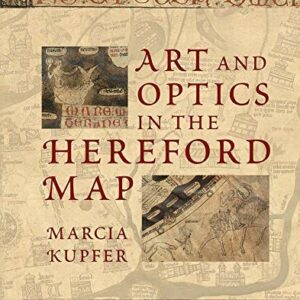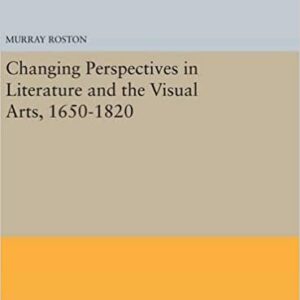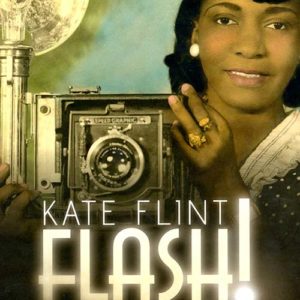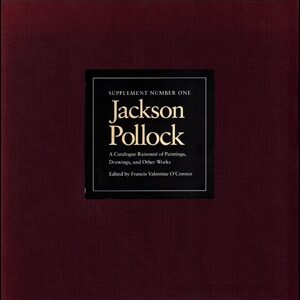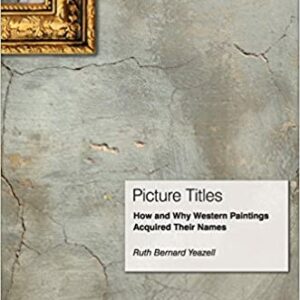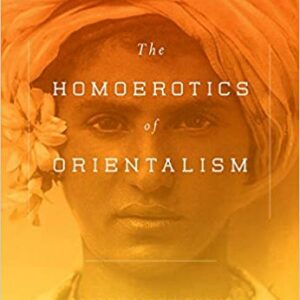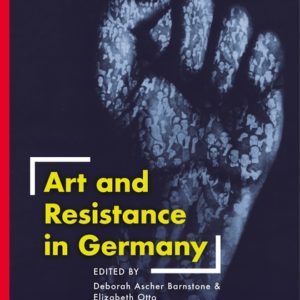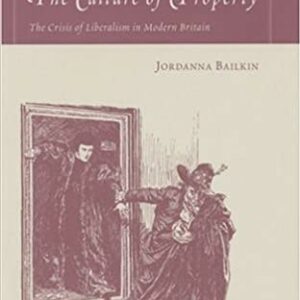
The Culture of Property: The Crisis of Liberalism in Modern Britain
By Jordanna Bailkin (NHC Fellow, 2003–04) Drawing on court transcripts, gallery archives, exhibition reviews, private correspondence—and a striking series of cartoons and photographs—The Culture of Property traverses the history of gender, material culture, urban life, colonialism, Irish and Scottish nationalism, and British citizenship. This fascinating book challenges recent scholarship in museum studies in light of … Continued
